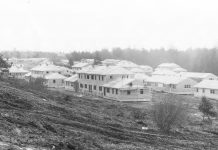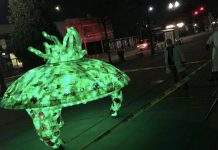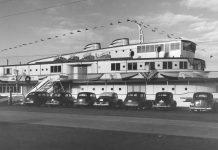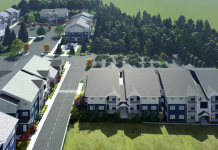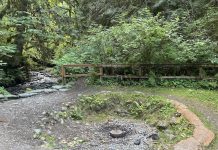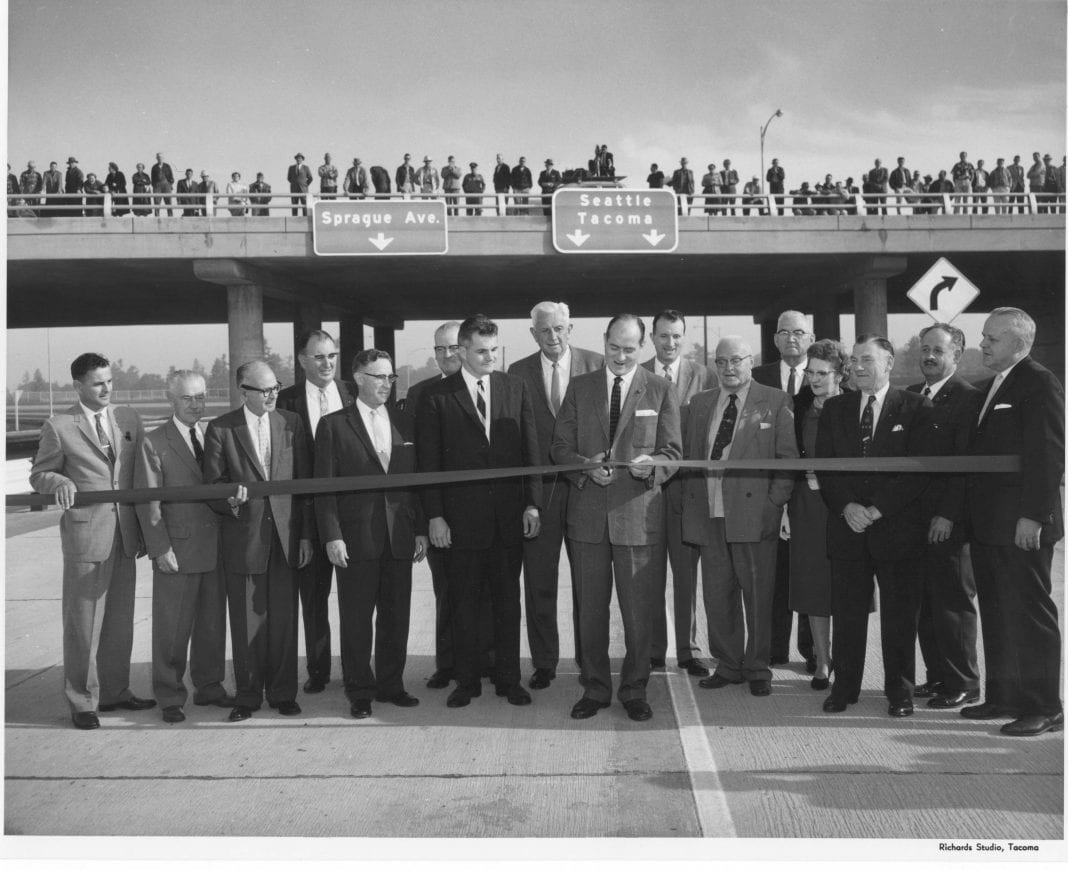There is an entire generation of local residents who have dealt with construction delays and detours along Pierce County’s stretch of Interstate 5. It seems fitting since the project’s key milestone occurred in Tacoma.
Flashback to the days before World War II. There was no Interstate 5. Travelers either drove north and south along Highway 99, took the Interurban streetcar line or they bused between the two anchor cities of the region. But the state wanted a more direct route, particularly to handle the post-war boom to the region’s residential areas.
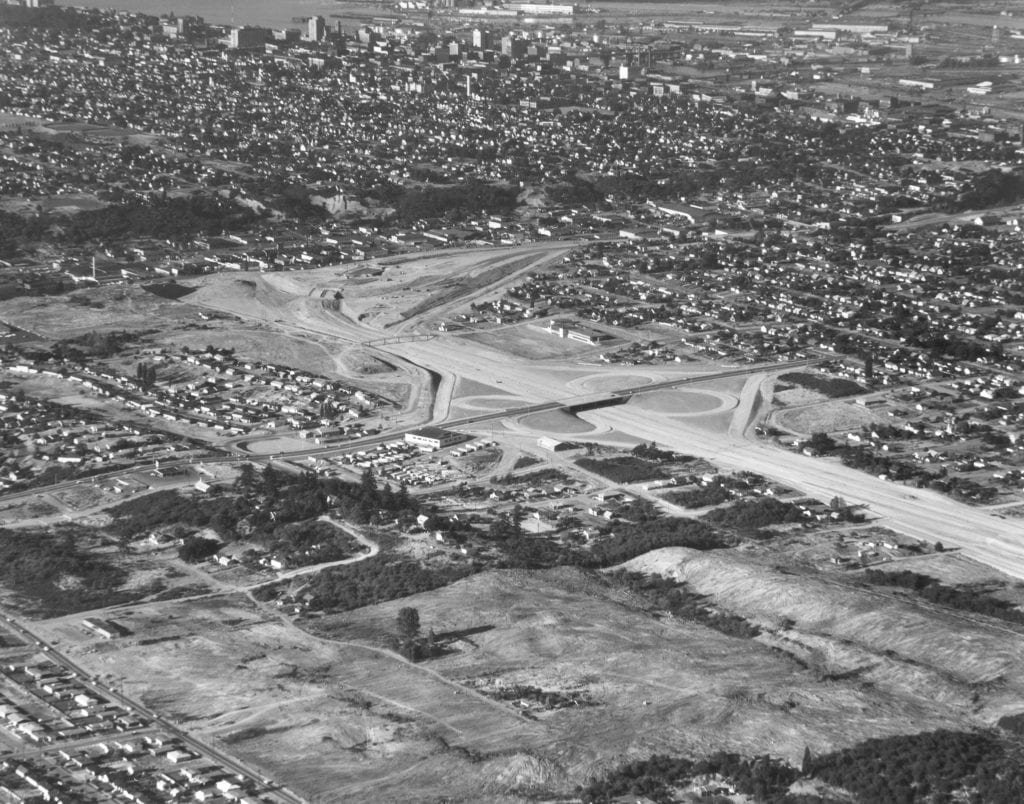
The state legislature took up the matter and approved a plan for a superhighway along Puget Sound in 1953 that would have been paid for through tolls. The roadway would basically widen Highway 99 to four lanes. But it was not to be. Protests about the possibilities of paying tolls irked businesses and residents, so the issue landed in court. The Washington State Supreme Court sided with the anti-tollers in 1956 by saying tolls were unconstitutional. Those plans died right as President Dwight Eisenhower championed the National Interstate and Defense Highways Act of 1956, the largest federal transportation program in history that would give rise to the nation’s Interstate system. It was packaged as a project to allow fast deployment of troops in case the Cold War bubbled over with military actions against Communism.
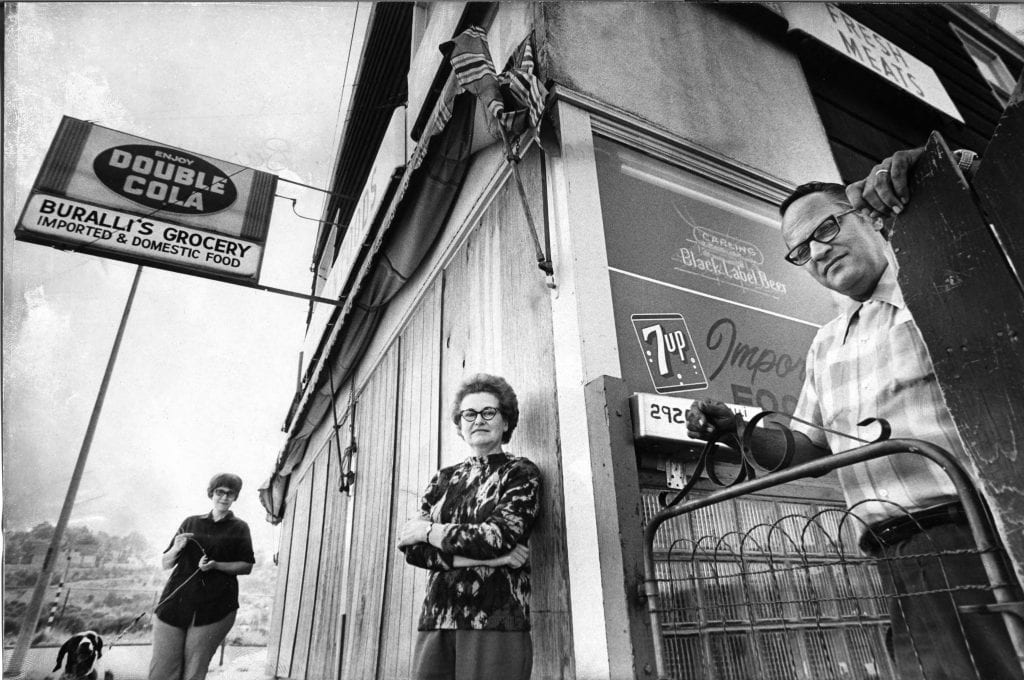
Tacoma was among the first milestones in that effort with the completion of the first stretch of Interstate 5 in October 1959, just three years after federal dollars began flowing to roadways around the nation. The ribbon-cutting ceremony that fall drew 150 elected officials, including Gov. Albert Rosellini to officially open a section of six-lane road that ran from Gravelly Lake Drive to 72nd Street. The road cost about $5 million, or about a fifth of the overall costs of Pierce County’s stretch of I-5.
Work on the route would run a decade, bisect the cities of Tacoma and Fife at the cost of neighborhoods and business areas, and also remove the open prairie that children of the era used as their playground.
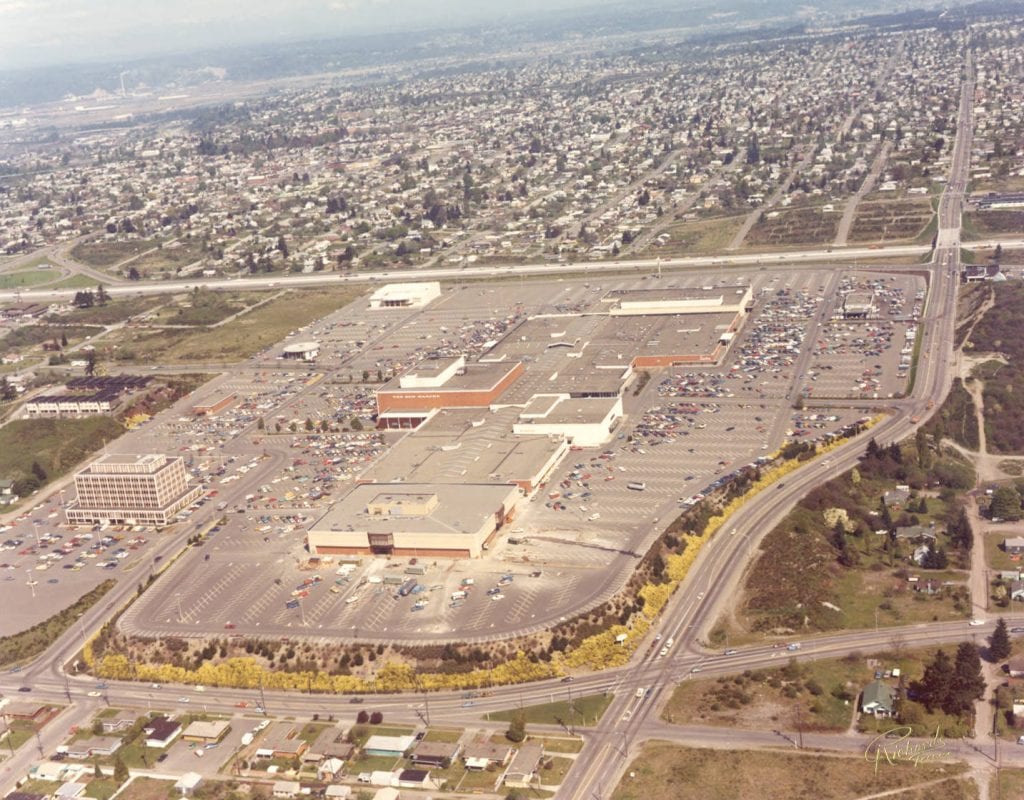
“Before I-5 and the Tacoma Mall were built, my brother and I used to build forts in the scotch broom. With the construction of the freeway and the mall, that activity ceased and we needed new adventures to pursue. Considering that our dad was the foreman on the JCPenney building, we had great interest,” David Dickinson said. “The freeway was finished before the completion of the mall, and traffic was still light on I-5, so we’d hop the fence on the side of the freeway and go visit the old man. The scotch broom forts were gone, but running across the freeway was a new adventure that we had a lot of fun with as young teens.”
Keep in mind that the land for what would become I-5 was already developed with houses and businesses that had to be bought out as it cut through Tacoma and Fife. Gone were neighborhood businesses around the hillside topped by Holy Rosary Church, which was spared by a curve in I-5 that cut through the hillside, for example.
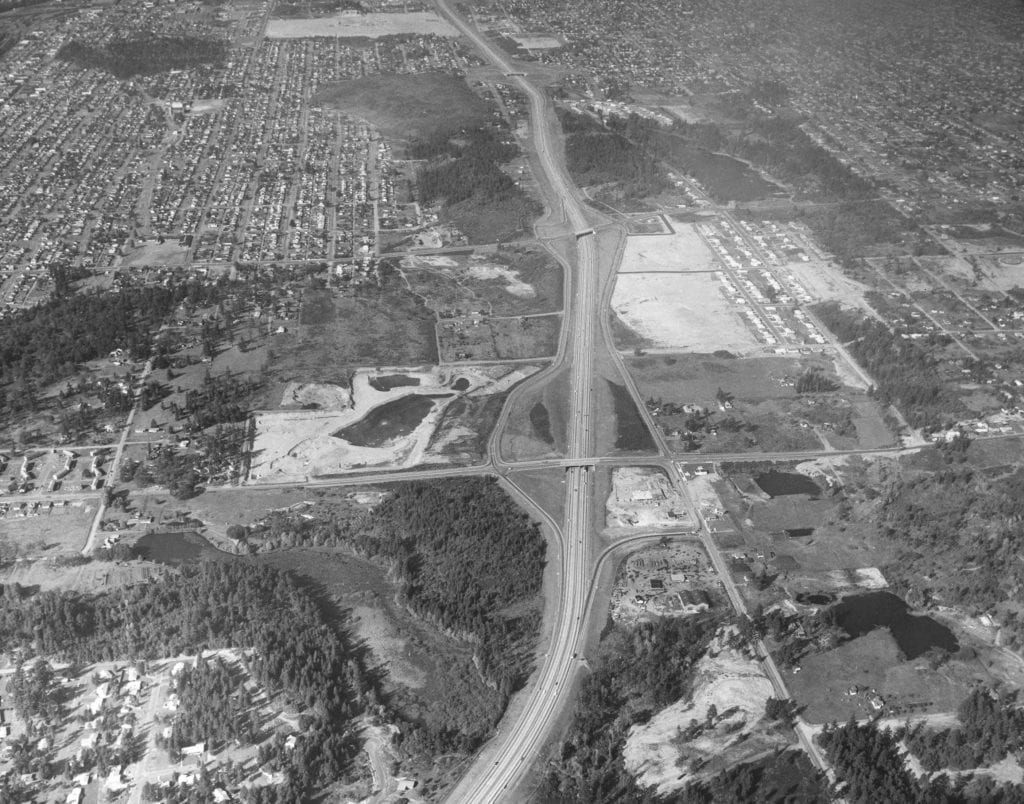
Work on stretches of I-5 dotted Puget Sound throughout the late 1950s to the late 1960s. I-5 was less of a single project as it was a collection of stretches of road creations and expansions that crews would eventually stitch together. The final stretch locally came on January 31, 1967, when work on I-5 between Everett and Tacoma ended. The 15-mile strip ran between Seattle’s Dearborn Street to the Midway area of Kent. The last stretch of I-5 through the state would come two years later with a four-mile roadway between Marysville and Everett opened on May 14, 1969. The road opened up nonstop, automotive traffic between the Canadian border and northern California.
An “only if” moment during I-5’s construction through Puget Sound was the ill-fated effort for the project to spend another $16 million to purchase the right of way along the route to eventually add commuter rail service. But that effort prompted cries of being too expensive. That added cost, however, would have saved millions of dollars decades later when Sound Transit’s commuter rail service began operations in 2000, almost a century before intercity trains began the first time – back before I-5 construction came to town.





